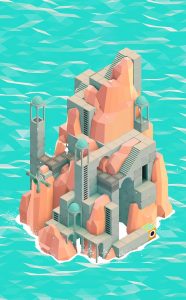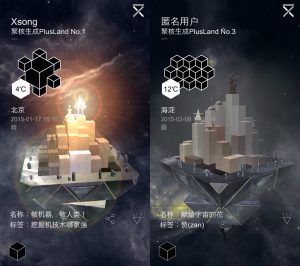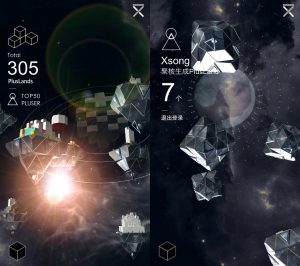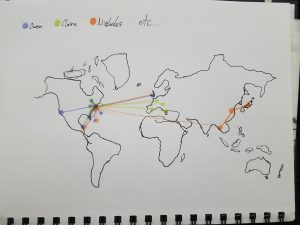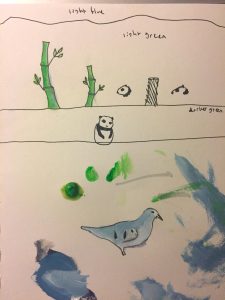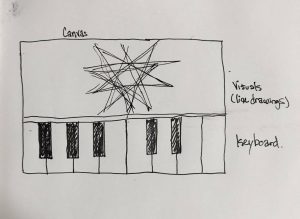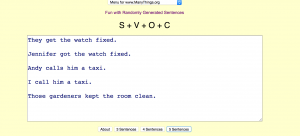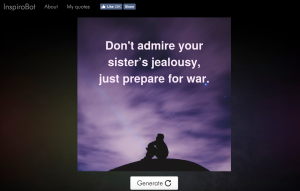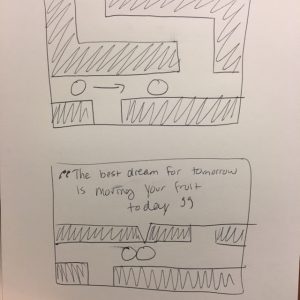Neko Atsume
For my project inspiration, I found a widely-popular phone app developed by Hit-Point Co., Ltd three years ago (2014), which is named “Neko Atsume”, meaning literally cat garden in Japanese. In this kitten-collecting simulation game, you could buy different types of toys to place in your backyard, and it would attract random cats showing up at your house and play with your collection of toys, and then as gratitude they would leave you collection momentos, or silver/gold fish as a “currency” in this game. I think one of the critiques I have for the app is that it has a rather slow-paced, low-commitment kind of game to play, but I think it creates a sense of calmness and happiness that corresponds with the game developer’s initial idea. I think this model could be helpful to incorporate within my final project; the layout and illustration is quite simple yet effective, as many users become fans for these cuteness-overload cats.
/https%3A%2F%2Fblueprint-api-production.s3.amazonaws.com%2Fuploads%2Fcard%2Fimage%2F596833%2Fbd9fcac5-6c88-414c-aa9c-81a1aa3b9ea3.jpg)
An expanded (3-screen) view of the backyard!
INKS
Another source of inspiration is also a mobile-platform game called Inks, developed by State of Play starting in 2008. It is a creative application that intermixes the art of splash painting with the classic pinball machine. I think the graphics are especially aesthetically beautiful in terms of the colors and motions, and I’d hope to somehow reference this method into my interactive mini-game. The only concern / improvement I can think of is the repetitiveness may not seem too appealing for the wider audience, but I personally have enjoyed this game a lot, both functionally and aesthetically.

[Caption: Three different stages of the pinball game. The idea is that you need to splatter all the shapes (point the balls to all possible directions) to pass through the level. ]
![[OLD FALL 2017] 15-104 • Introduction to Computing for Creative Practice](https://courses.ideate.cmu.edu/15-104/f2017/wp-content/uploads/2020/08/stop-banner.png)
